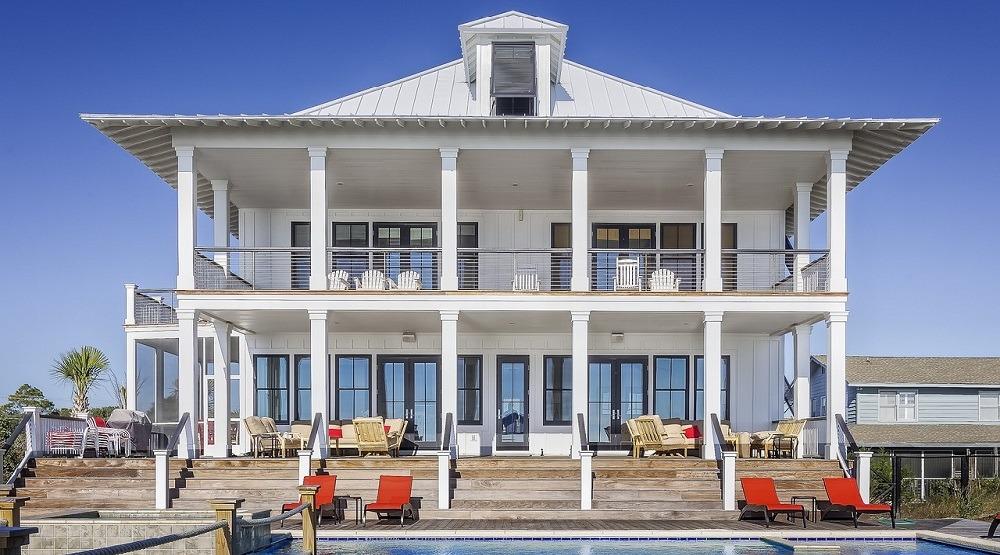WASHINGTON – Overall housing starts rose 2.9% in July to a seasonally adjusted annual rate of 1.45 million units, according to the U.S. Dept. of Housing and Urban Development.
Single-family starts rose at a sharper rate at 6.7%, and are 9.5% higher than they were a year ago. Multifamily saw a decrease of 1.7%.
According to the National Assn. of Home Builders, the single-family increase was driven by solid demand and a lack of existing inventory. Builders however continue to struggle with elevated construction and financing costs, as well as a lack of skilled labor.
“With many homeowners choosing to stay in their existing home to preserve their low mortgage rate, demand for new home construction pushed up single-family starts in July even as builders continue to struggle with increased uncertainty stemming from rising rates,” said Alicia Huey, NAHB chairman and a custom home builder and developer. “Builder sentiment has shown that higher mortgage rates are contributing to a decline in buyer traffic, and rates need to stabilize to prevent the housing market from slowing.”
“Total permits declined 13% compared to a year ago, indicating that builders are slowing construction activity as housing costs rise,” said Danushka Nanayakkara-Skillington, NAHB’s assistant vice president for forecasting and analysis. “In fact, multifamily permits are at their lowest three-month moving average since December 2020, another sign that the market is cooling.
“In order to bring down shelter inflation, which accounted for 90% of the overall inflation rate last month, we need to enact policies that will allow builders to boost the nation’s housing supply.”
The number of single-family units under construction is down 16.9% compared with a year ago at 678,000. Meanwhile, the number of apartments under construction increased to 1 million, the highest total on record.
On a regional and year-to-date basis, combined single-family and multifamily starts are 17.6% lower in the Northeast, 13.8% lower in the Midwest, 9.4% lower in the South and 16.7% lower in the West.
